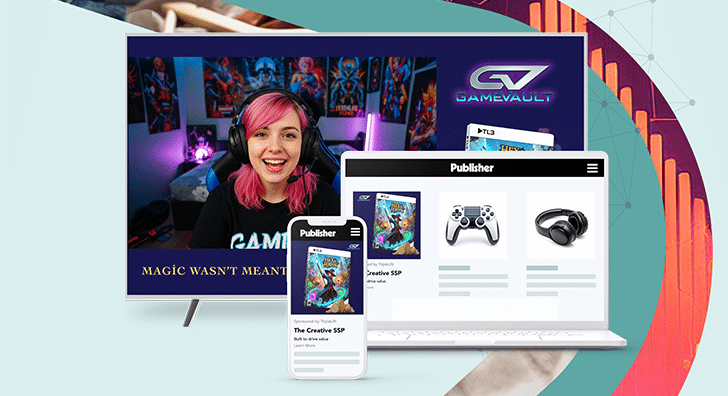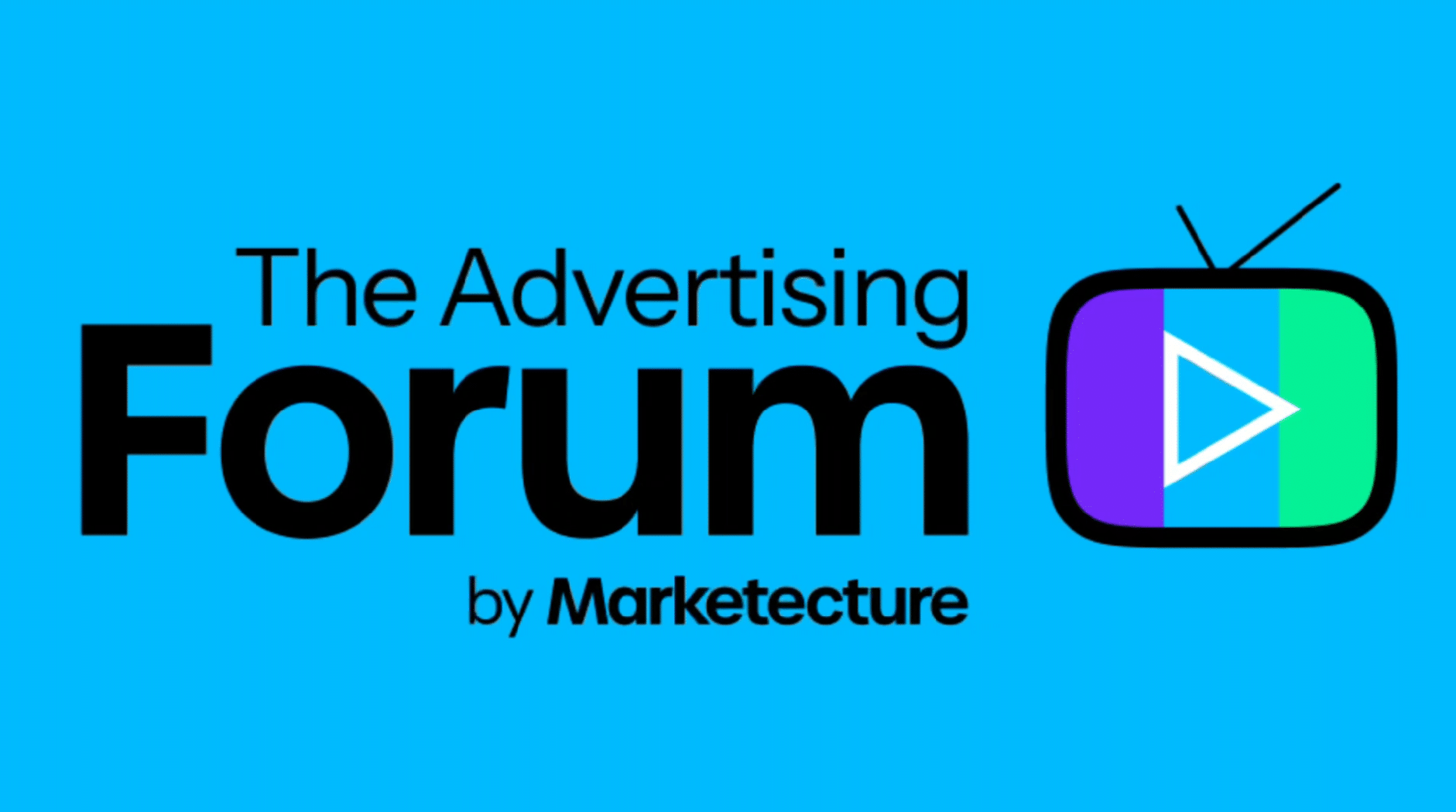This article is written by Michael Lehman, SVP and Head of Global Supply at TripleLift. It was originally featured in AdExchanger.
Prior to the first report of the coronavirus in late December, many had speculated for the better part of two years when the next economic downturn would arrive. Whether the virus sparks a complete downturn or temporary correction is unclear, but due to the inextricable link between consumer spending and advertising, the media community’s shared anxiety is growing daily.
However, there’s reason for the programmatic advertising sector to anticipate stability. Programmatically transactable digital media – and the companies that power it – has a few defining characteristics that suggest it would fare better in challenging times. Advertisers should take note.
Ultimately, during times of instability, we can expect a flight to accountability, agility and continuity.
Accountability
While programmatic occupies a larger section of the marketing funnel, it is still primarily a highly targeted, mid- to lower-funnel protocol frequently used for direct response campaigns that align with last-touch attribution. This manner relies less on the speculative nature of branding and more on the data-driven, outcome-based formula that feeds programmatic algorithms industrywide.
When results can be so cleanly tied to spend, that spend should continue to be justifiable, even in a downturn.
And as brands look for cost-savings, one of the first places they look is their agencies. One more forward-thinking move is for brands to invest in and take more control of their programmatic strategy and budgets to save costs and invest in a more efficient form of media. This could have ripple effects downstream that also benefit the programmatic entities that power those transactions.







